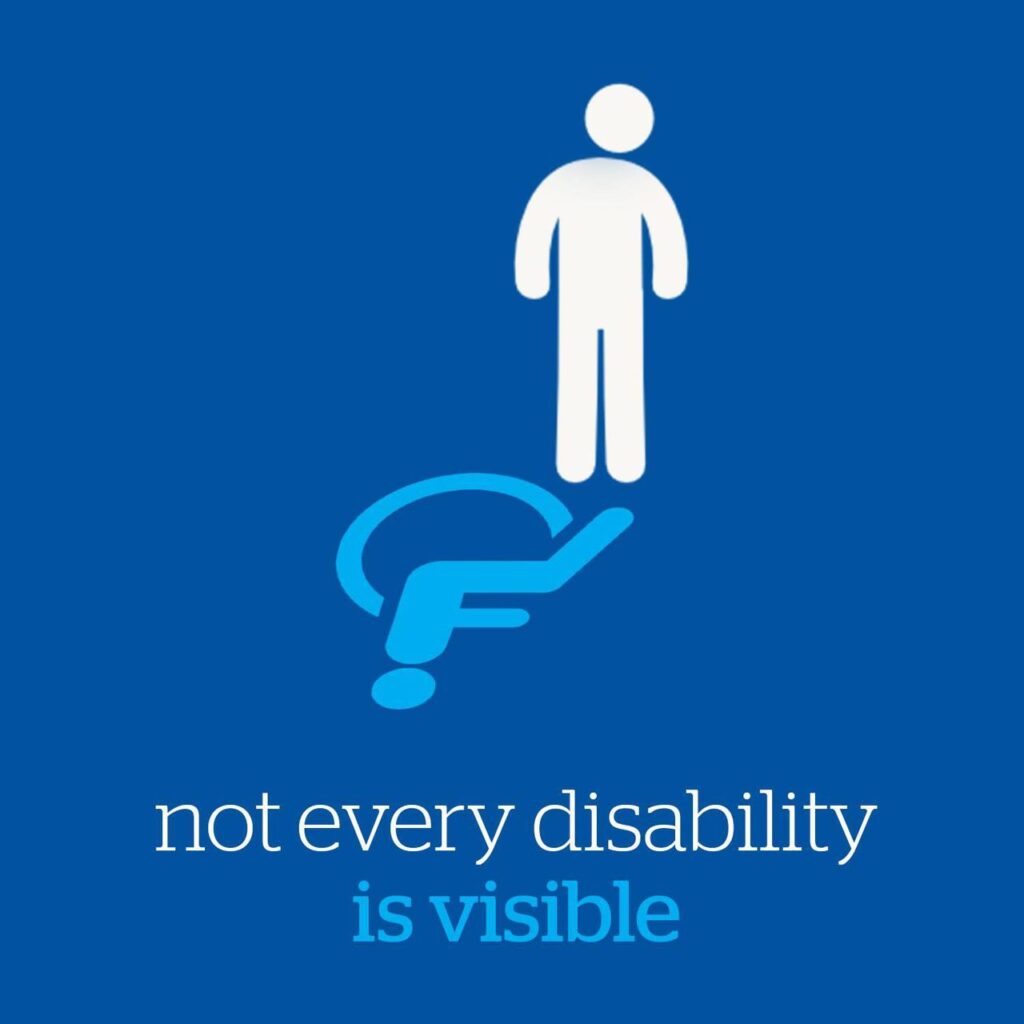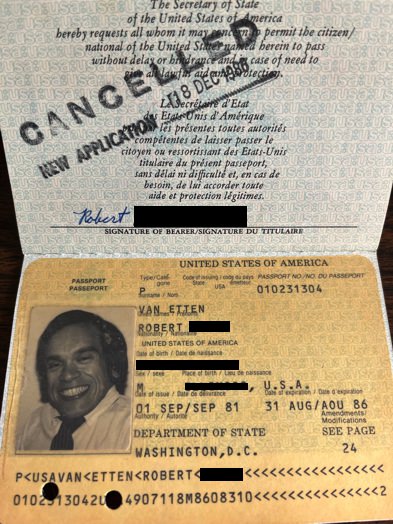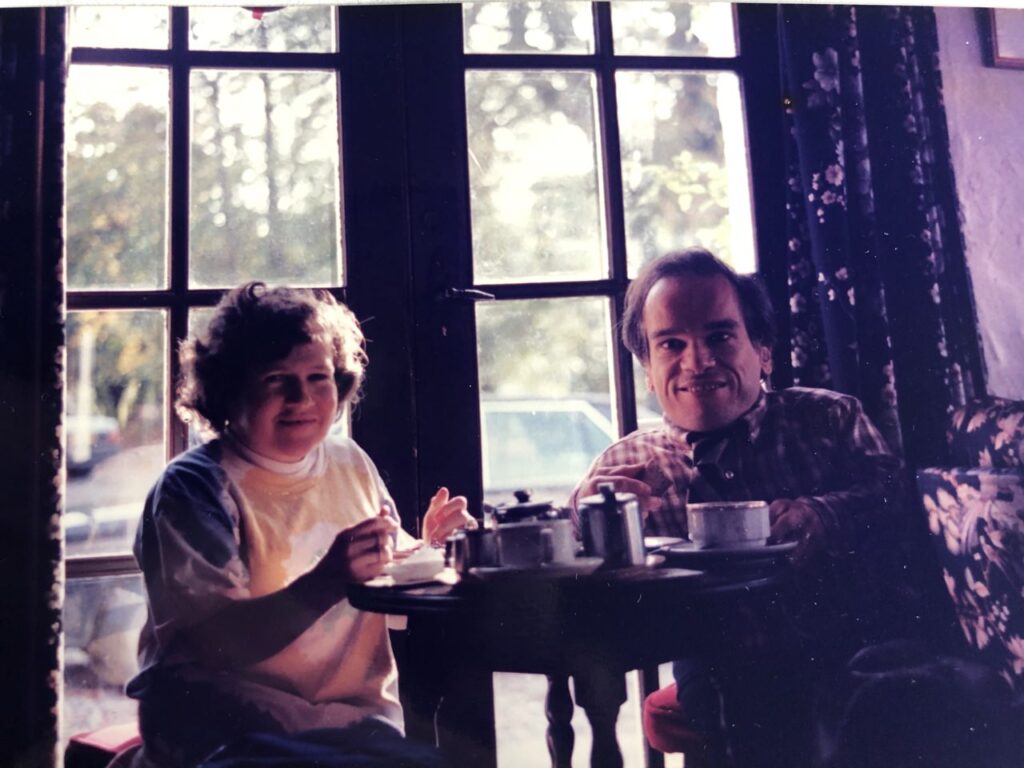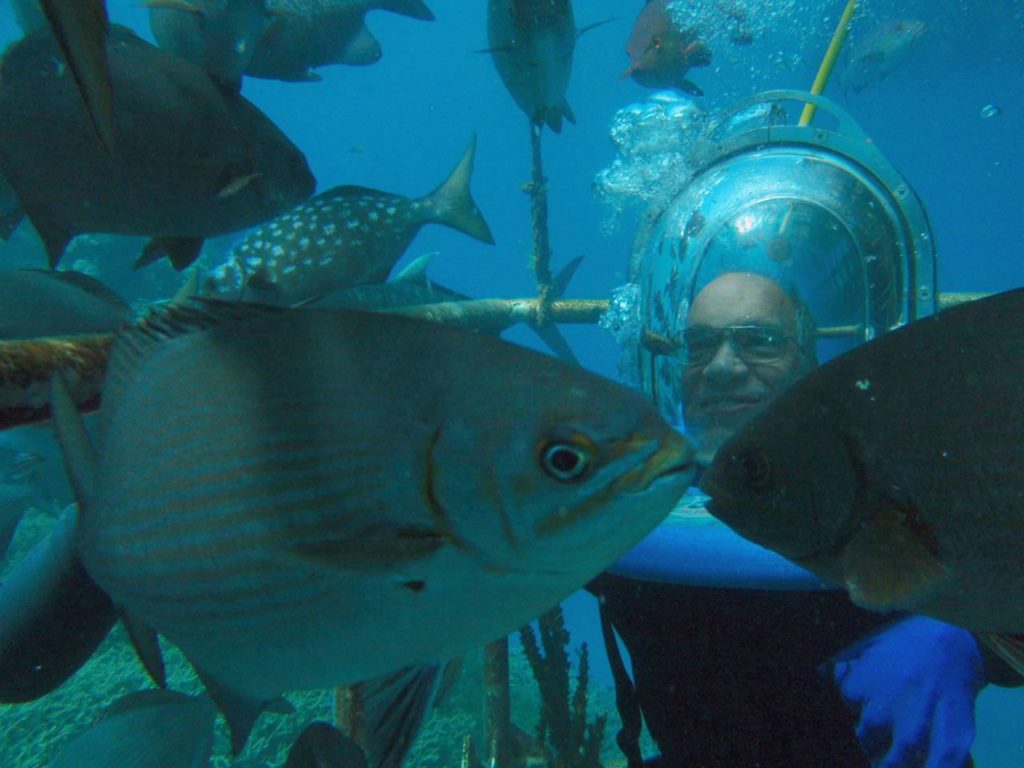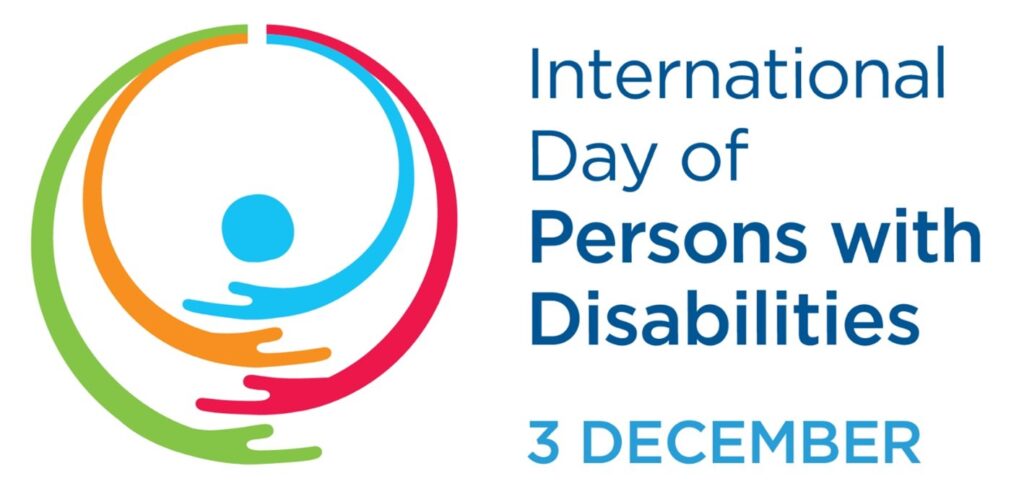
Despite disability representing one billion of the world’s population, International Day of Persons With Disabilities (IDPD)—celebrated on December 3—is not typically included among special events in December like Pearl Harbor Remembrance Day (7th), Christmas (25th), Hanukkah (25th), Kwanzaa (26th), and Boxing Day (26th). But IDPD also belongs in this December list as an occasion to remember and honor the contributions of people with disabilities.
According to Wade Lange, Founder and United Nations Ambassador for IDPD, it’s more than just an annual day. It’s a movement used to break down barriers to inclusion and advocate for the rights of people with disabilities.
Want to subscribe to receive blog updates sign up today!
The World Health Organization celebrates the day by promoting the rights and well-being of persons with disabilities at every level of society and development.
Given the dramatic decline in my husband Robert’s health in the year of his 75th birthday, my focus on disability has shifted to those who have reluctantly entered a different level of society—residents in institutional care for rehabilitation or skilled nursing. In the facility in which Robert resides, we are surrounded by people navigating the halls using wheelchairs and walkers. Many are unable to communicate verbally, but some reach out with a smile, wave, or greeting. For the most part, Robert’s outreach is limited to words like hi and thank you. A few are able to converse. One woman mistook me for a new resident and welcomed me to the facility; another cautioned me to slow down in my scooter; and someone else told me I look like I’m 32 years old i.e. more than half my actual age of 71.
The 2024 theme of IDPD—amplifying the leadership of persons with disabilities for an inclusive and sustainable future—is inappropriate for this disability segment of society. Some are like Robert and previously served countless hours in their communities as leaders on disability issues. Others are new to disability having acquired speech, memory or mobility impairments as they have aged. They don’t even see themselves as disabled. Take for example the 90-year-old woman I met when working as an advocacy specialist for an independent living center. In order to qualify for services she needed to identify as someone with a disability. However, despite using a walker to ambulate she told me she was not disabled.
So while disability advocates continue to work for funding home and community based services to meet rehabilitation and personal care needs, let’s not forget the disabled residents currently living in institutional facilities. Let’s broaden the IDPD theme to include people with disabilities whose world has narrowed to the four walls of an institution. Let’s knock down the walls of separation by visiting; helping with laundry, clothing purchases, and favorite food (within dietary restrictions); respecting their right to vote; bringing entertainment and animal encounters; honoring choices for religious activity, bed time, and the like.
So how will you broaden IDPD to include people in institutional care?
You may also want to read:
- International Day of Persons with Disabilities. United Nations. 2024. https://www.un.org/en/observances/day-of-persons-with-disabilities
- Celebrating International Day of Persons with Disabilities. World Health Organization. (WHO). https://www.who.int/campaigns/international-day-of-persons-with-disabilities
- Global Inclusion of People with Hidden Disabilities. December 5, 2022. Angela Muir Van Etten blog post. https://angelamuirvanetten.com/global-inclusion-of-people-with-hidden-disabilities/
- International Disability Fundraising Principles. December 6, 2021. Angela Muir Van Etten blog post. https://angelamuirvanetten.com/international-disability-fundraising-principles/
- Angela Muir Van Etten memoir. Pass Me Your Shoes: A Couple with Dwarfism Navigates Life’s Detours with Love and Faith. (an international love story). October 2020. https://angelamuirvanetten.com/pass-me-your-shoes/



